Four scientists emerge from a 378-day Mars simulation. They lived in a 1,700 square foot, 3D-printed habitat.
This mission marks the first of NASA’s CHAPEA program. Previous Mars simulations include the HI-SEAS project in Hawaii, which ran from 2013 to 2018.
CHAPEA Program Aims for Mars
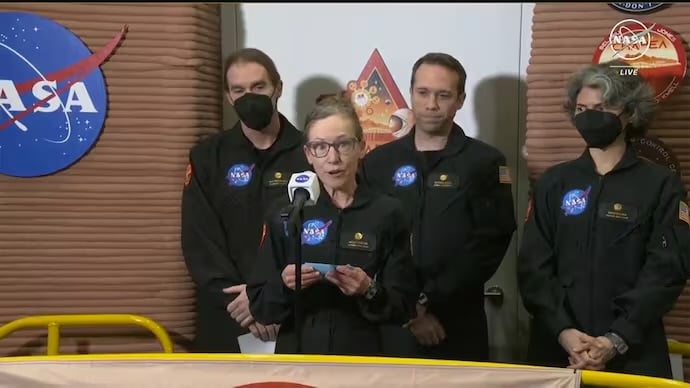
NASA designs CHAPEA to study human performance on Mars. The program will run three missions in total.
Scientists collect data on health, psychology, and resource management. NASA has invested over $1 billion in Mars exploration technologies since 2009.
Habitat Mimics Mars Environment
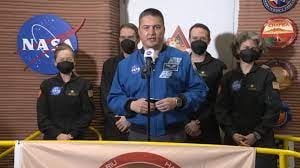
The 3D-printed habitat spans 1,700 square feet. It simulates resource limitations on Mars.
Crew members face communication delays and perform “Marswalks.” 3D-printing technology for space habitats has advanced significantly since 2017.
Crew Faces Martian Challenges

Scientists experience isolation for over a year. They grow and harvest vegetables in the habitat.
The crew manages limited resources and performs scientific tasks. Mars’ atmosphere is 95% carbon dioxide, making food production a critical challenge.
Nutrition Study Central to Mission
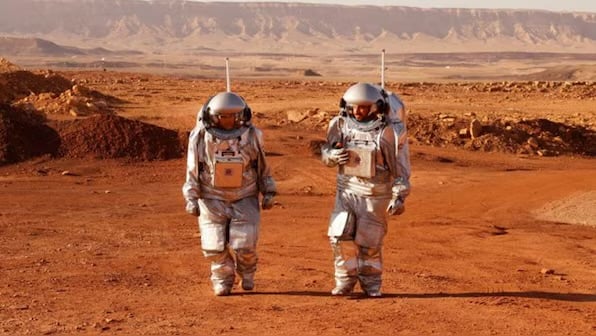
The first CHAPEA mission focuses on nutrition. Crew members follow a carefully prescribed meal plan.
Scientists study the impact of diet on health and performance. A human Mars mission could last up to three years, requiring extensive food planning.
Resource Management Key to Success
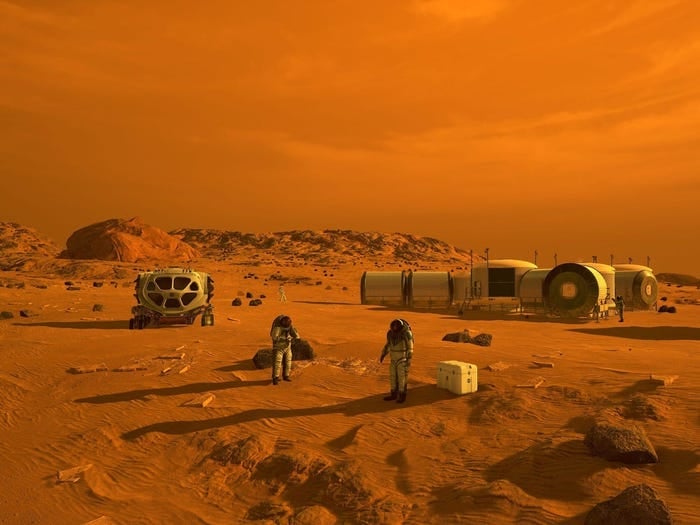
Crew learns to utilize resources efficiently. They process waste into reusable materials.
This approach mirrors requirements for long-term space missions. NASA estimates a crewed Mars mission could cost $500 billion over 25 years.
Communication Delays Simulate Mars Reality

The crew experiences communication delays like on Mars. Mars is 140 million miles from Earth at its farthest.
Radio signals take up to 24 minutes to reach Mars. NASA’s Deep Space Network manages interplanetary communications.
Psychological Impacts of Isolation Studied

Scientists observe crew’s mental health during isolation. Previous studies show isolation can affect cognitive function.
NASA considers psychological support crucial for long-duration missions. The longest continuous time in space is 437 days, set by Russian cosmonaut Valeri Polyakov.
Two More CHAPEA Missions Planned
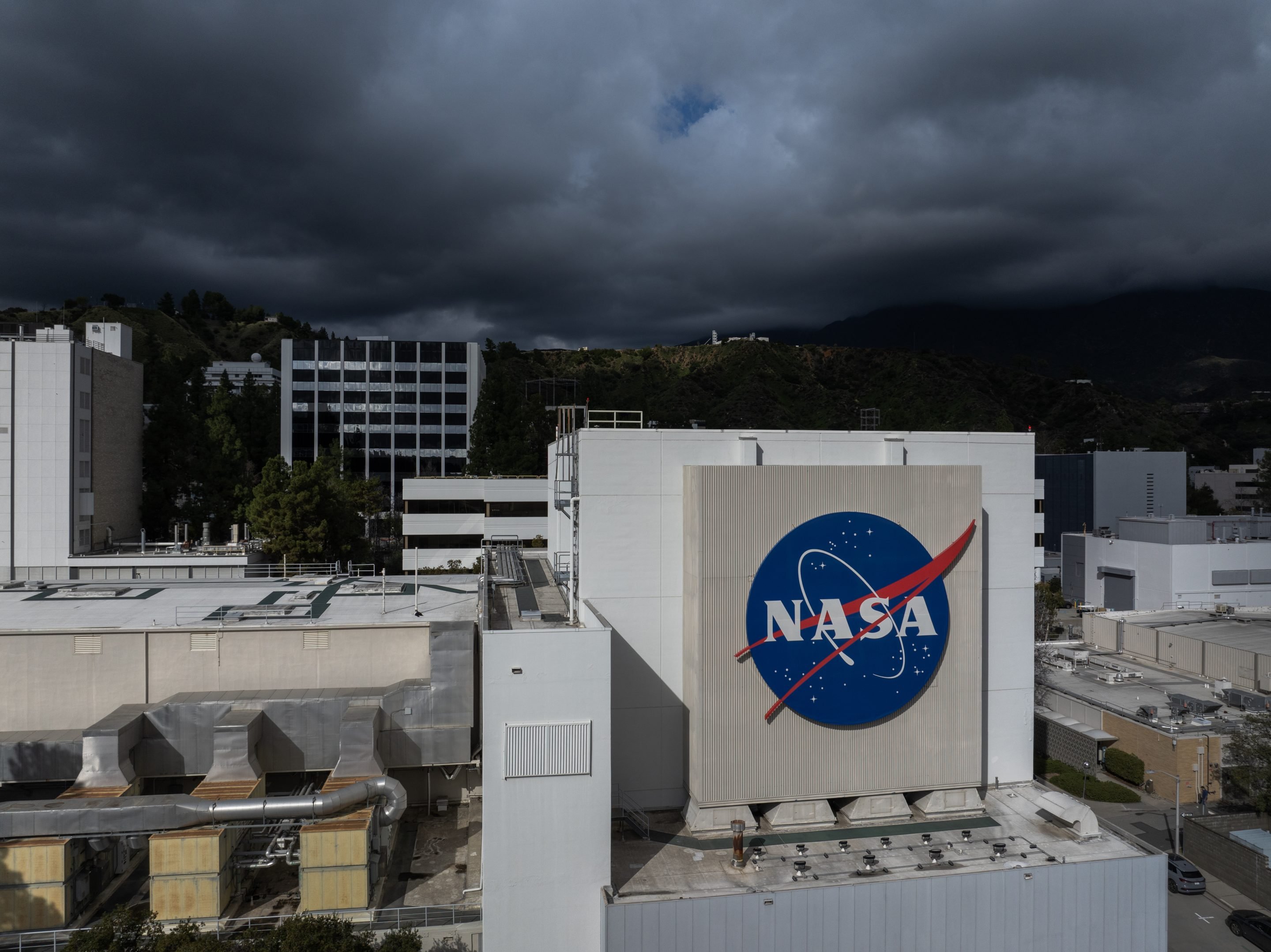
NASA schedules two additional CHAPEA missions. Each mission will build on data from previous simulations.
Scientists will refine protocols for future Mars missions. NASA aims to send humans to Mars in the 2030s.
Mars Exploration: A Global Effort
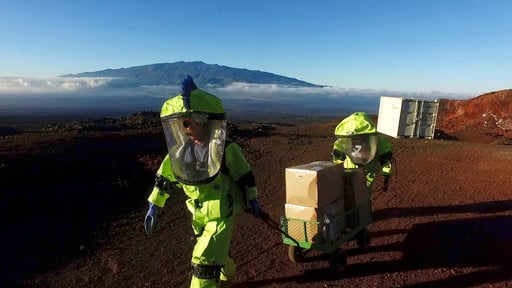
Multiple countries and private companies pursue Mars exploration. The United Arab Emirates, China, and the U.S. all sent missions to Mars in 2020.
SpaceX plans to send its Starship to Mars by 2024. Over 50 Mars missions have launched since 1960.


